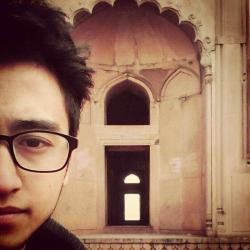The diverse landscape of Jammu Kashmir and Ladakh attracts millions of people into the lap of the northernmost part of India. All three of these regions are blessed by nature’s bounty. While Jammu is famous for its temples, the beauty of Kashmir valley hardly needs any introduction. Here, the lush meadows marry dramatic mountains, shikaras sail on tranquil lakes, and the sleepy hill stations house a series of attractions. In Ladakh, you come across a landscape quite different from Jammu and Kashmir. There is a different experience waiting for you in each of these places. In this blog, we bring you 66 interesting facts about Jammu Kashmir and Ladakh you probably didn’t know.
Interesting Facts about Jammu and Kashmir
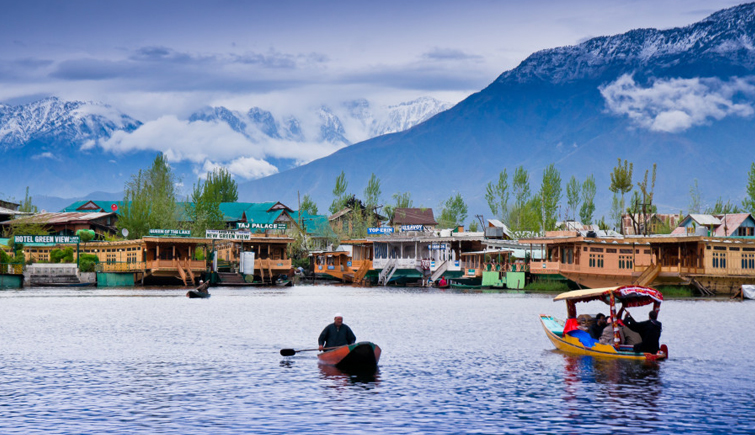
1. According to the history of Jammu & Kashmir, Maharaja Hari Singh was the last ruling Maharaja of the princely state.
2. Srinagar was founded by Emperor Ashoka and not the Mughal emperor Jahangir.
3. Kashmir’s cultural heritage flourished with the contribution of Hinduism, Buddhism, and Islam.
4. The syncretic culture of Kashmir is best encapsulated by the word Kashmiriyat, which described the cultural values of the Kashmiri people.
5. Shikara stays are a unique experience highly recommended and usually included in good Kashmir packages.
6. The Pir Panjal railway tunnel, or the Banihal railway tunnel, is India’s Longest Railway Tunnel. It is 11,215 km long, 8.4m wide and 7.39m tall. Banihal railway tunnel is India’s longest and Asia’s fourth longest railway tunnel.
7. The traditional Kashmiri dress, Pheran, the unique copper kettles called Samovar, the earthen fire pots wrapped in woven wicker called Kangiri, handcrafted walnut furniture and souvenirs, etc. are some uncommon things to check out.
8. The seasons in Jammu and Kashmir are spring, summer, autumn and winter.
9. Srinagar, in Kashmir Valley, has served as the summer capital, while Jammu has served as the winter capital.
10. The best destinations for Kashmir tourism is Srinagar, Gulmarg, Sonamarg and Pahalgam.
11. Kalhana, the first Indian history writer, gave a vivid account of the history of Kashmir before the 10th century AD.
12. Because of Jammu and Kashmir’s wide range of elevations, its biogeography is diverse.
13. The Jhelum River is the only major Himalayan river which flows through the Kashmir valley.
14. In Jammu and Kashmir, the principal spoken languages are Kashmiri, Urdu, Dogri, Pahari, Balti, Ladakhi, Gojri, Shina and Pashto.
15. Kawa, traditional green tea with spices and almond, is consumed all through the day in Kashmir. Apart from Kawa or Kehwa, Sheer Chai or Gulabi Chai is the traditional beverage of Kashmir. It is pink in colour and salty in taste.
16. Amarnath Cave in Jammu and Kashmir has natural Shiv Lingam made of ice which is over 5000 years old and is a prominent Hindu pilgrimage destination. According to a popular legend, Amarnath cave was discovered by a Muslim shepherd, Buta Malik.
17. Dras is the coldest inhabited place in India with temperatures reaching as low as -45°C. Dras is the second coldest inhabited place on earth.
18. The ruins of Martand Sun Temple is located in Kashmir. It was built around the 8th century CE.
19. India’s first floating post office was built on a houseboat at the western edge of Dal Lake in Srinagar.
20. Houseboats first appeared in the 1800’s in Dal Lake by Pandit Naraindas to house English visitors.
21. Kashmir is said to have been a favorite vacation spot of the Mughals.
22. Gulmarg is the most popular ski destination in India. It was originally called Gaurimarg by the shepherds to honour Goddess Parvati.
23. The ancient Mughal garden, Chashme Shahi, was built in 1632 AD. The garden is home to a spring, whose waters are believed to possess medicinal properties.
24. Vaishno Devi Temple in Katra, Jammu, which is visited by over 81 lakh pilgrims every year, has been awarded the Cleanest Religious Place Award.
25. The famous pashmina shawl is derived from under the belly of domestic himalayan goat called changthangi.
26. Betaab Valley, located about 15 km from Pahalgam, is named after a Bollywood film of the same name which was shot here.
27. Zoji la is an important pass between Ladakh and Kashmir.
28. The 9 km long Chenani-Nashri Tunnel is located in Chenani, Jammu and Kashmir. It is India’s longest road tunnel.
29. The official ‘State Animal’ and ‘State Bird’ of Jammu & Kashmir are the Hangul and Black-necked Crane respectively.
30. Wular Lake is one of the largest freshwater lakes in Asia
31. Chenab Bridge is a unique bridge made up of steel, and will resist temperatures upto -20°C.
32. Gulmarg Gondola is one of the largest and highest ropeways in India, having a total aerial distance of almost 5 kms.
33. Wazwan is one of the traditional dishes in Kashmir. A 36 course meal, it is an integral part of Kashmir.
34. Hazratbal Shrine, one of Kashmir’s holiest shrines, is located in Srinagar and houses a strand of hair believed to be that of Prophet Muhammad.
35. The Floating Market in Srinagar, is a major tourist attraction and its only kind in India and the third in Asia.
36. Kashmir is the largest producer of saffron in India and the third largest producer in the world.
37. Indira Gandhi Memorial Tulip Garden is the largest tulip garden in Asia.
38. The library in Raghunath Temple in Jammu houses over 6000 manuscripts in several Indian languages.
Interesting Facts about Ladakh
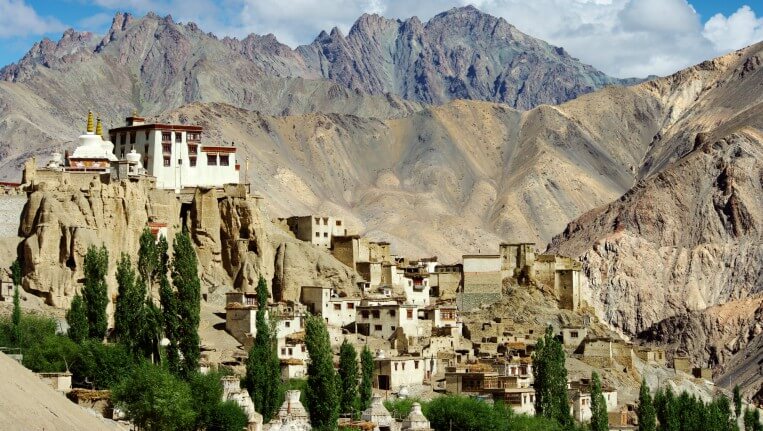
1. Ladakh is the highest settlement in India. The cultivated fields at Korzok, at 4,600 meters, are considered to be the highest fields in the world.
2. The Bailey bridge in Ladakh, located at an altitude of 5,602 meters, is the highest in the world.
3. The Nubra Valley in Ladakh is the only place in India where the twin humped/Bactrian camels can be found.
4. The Magnetic Hill is one of the famous tourist attractions located near Leh in Ladakh. Also known as Gravity Hill, it gives the illusion of a car drifting upwards.
5. The Indian Astronomical Observatory, situated in the historic village of Hanle in Ladakh, boasts the second highest optical telescope in the world.
6. Rangdum is the highest inhabited region in the Suru Valley.
7. Pangong Tso, situated at an altitude of 4350 meters, is the highest saltwater lake in the world. Almost 134 km long, 30% of it lies in India and 70% in China.
8. Dras, located in Kargil, is the coldest place in India, and the second coldest place in the world. During winters, temperatures can drop as low as -45°C.
9. There’s no distinctive rainy season due to limited rainfall in Ladakh. The seasons in Ladakh are broadly summer and winter.
10. Ladakh is home to several Himalayan glaciers. Siachen Glacier is the longest himalayan glacier, stretching up to 76 km.
11. Chadar Trek, which provides an opportunity of walking on the frozen Zanskar River, is one of its kind in India.
12. The highest white water rafting in India can be enjoyed on the Zanskar River.
13. Hemis National Park has the highest density of snow leopards in the world.
14. From Hunderman Village in Kargil, tourists can spot a border village which was deserted by the villagers in Pakistan.
15. ITBP (Indo Tibetan Border Police) organizes the National Ice Hockey Tournament In Ladakh during the winter months.
16. Nubra Valley is famously known as Broken Moonland, because its landscape resembles that of the moon. Nubra is itself a cold desert.
17. Alchi and Lamayuru monastery are two of the oldest and largest monasteries in Ladakh.
18. Marsimik La is the highest pass in Ladakh. Although accessible to tourists, they need to obtain an Inner Line Permit prior to traversing it.
19. Matho Nagrang, celebrated at Matho Monastery, is unique as it features two oracles, who predict the future for the locals.
20. One of the biggest attractions of Diskit Monastery in Nubra Valley is the 32 meters tall statue of Maitreya Buddha Jampa.
21. The Indus and Zanskar rivers meet at Sangam near the Nimmu village, about 35 km from Leh.
22. Turtuk village is the last village in India where tourism is permitted.
23. Stok Kangri is the most popular trekking peak in the Ladakh.
24. Yak is not just a valuable animal in Ladakh but is also consumed with great delicacy.
25. The famous Bollywood movie, 3 Idiots, was shot at Pangong Tso. Others parts of Ladakh have also been the site of shooting of several Bollywood movies.
26. Mokthuk is a combination of soup and momos, and is greatly relished by the people of Ladakh.
27. Chhang is one of the most popular alcohol in Ladakh.
28. While travelling in Ladakh, you will come across a lot of quirky road signs like, “Don’t be a Gama in the land of Lama”, “Darling I like you but not so fast”, “Love the neighbour but not while driving”, “After whisky driving risky”.
There you go! 66 interesting facts about Jammu & Kashmir and Ladakh that you were unaware of, and even if you were, surely made for an exciting reading.


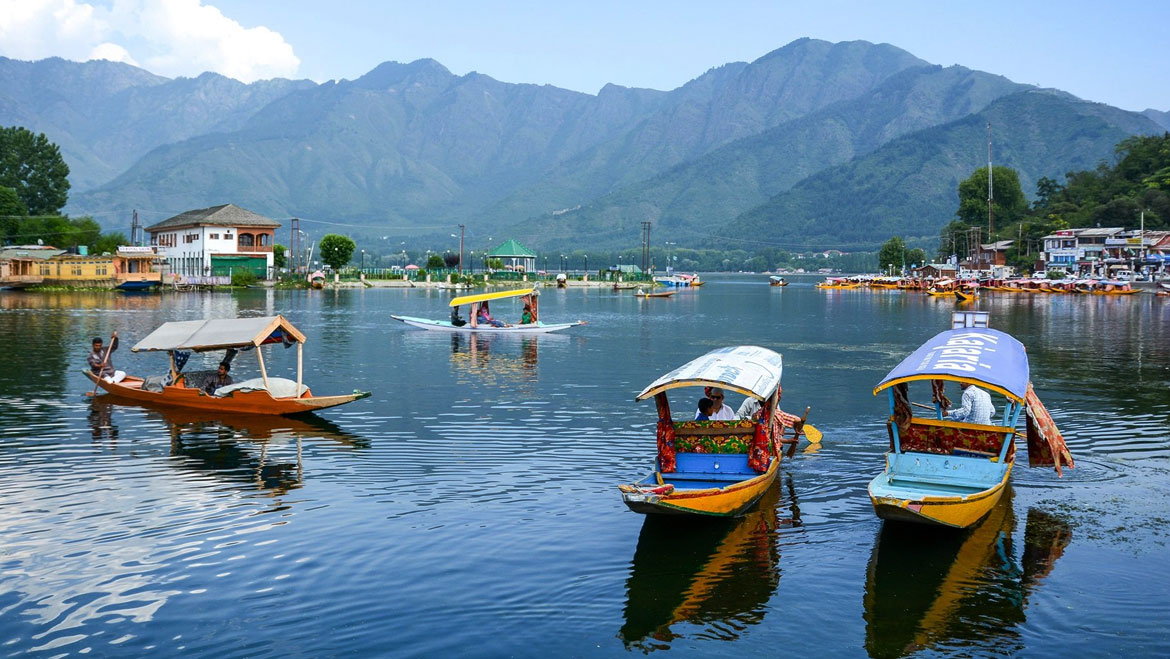
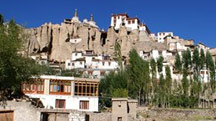 8 Nights / 9 Days
8 Nights / 9 Days 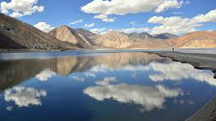 6 Nights / 7 Days
6 Nights / 7 Days 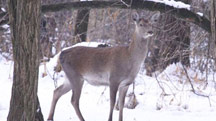 5 Nights / 6 Days
5 Nights / 6 Days  10 Nights / 11 Days
10 Nights / 11 Days 
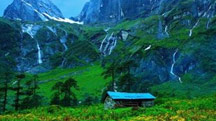 6 Nights / 7 Days
6 Nights / 7 Days 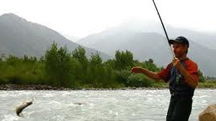 9 Nights / 10 Days
9 Nights / 10 Days 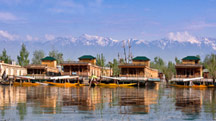 3 Nights / 4 Days
3 Nights / 4 Days 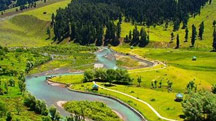 5 Nights / 6 Days
5 Nights / 6 Days 
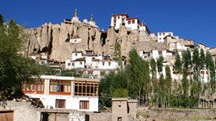 6 Nights / 7 Days
6 Nights / 7 Days 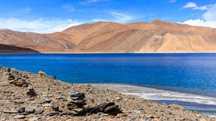 8 Nights / 9 Days
8 Nights / 9 Days 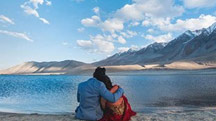 5 Nights / 6 Days
5 Nights / 6 Days 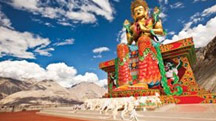 4 Nights / 5 Days
4 Nights / 5 Days 